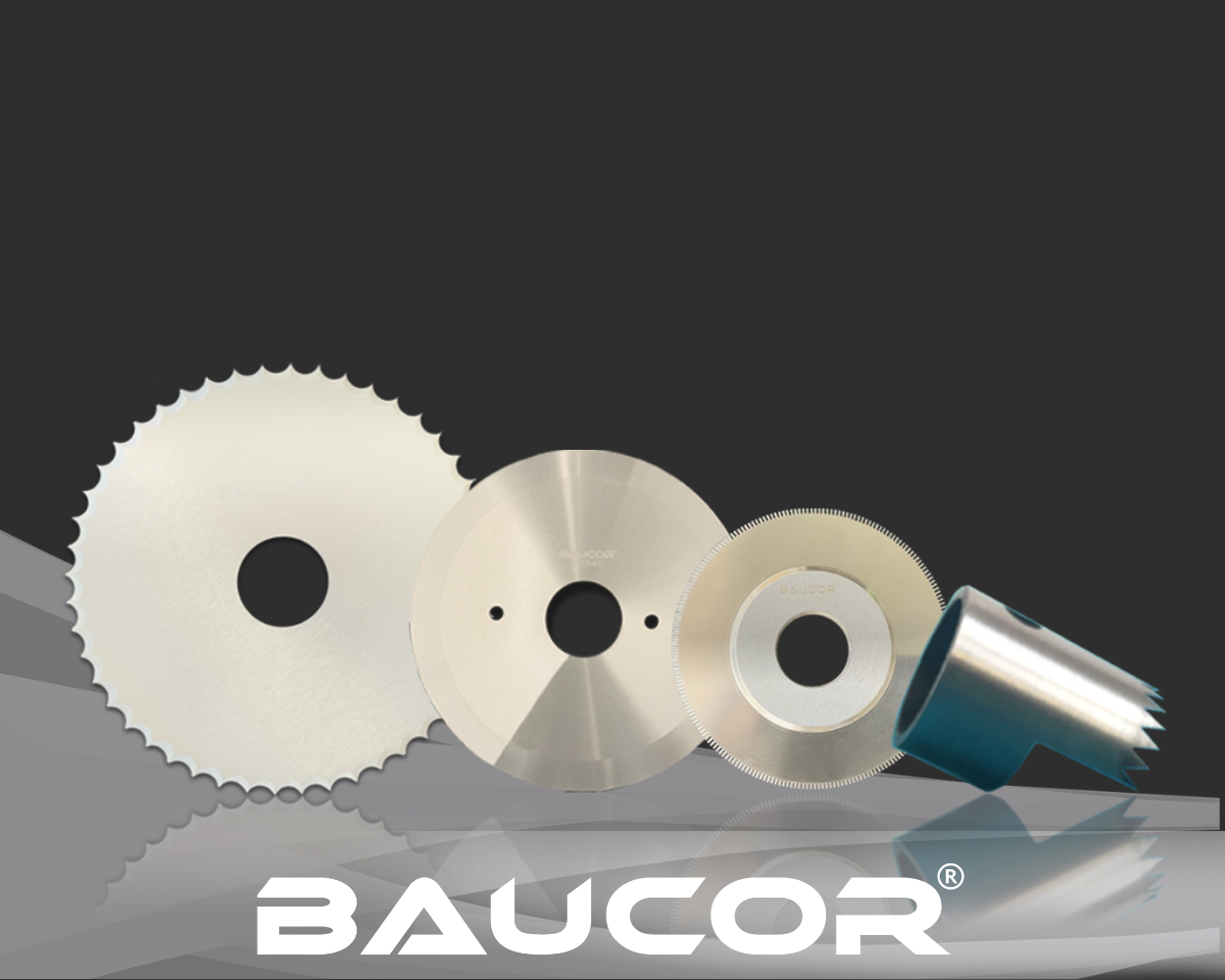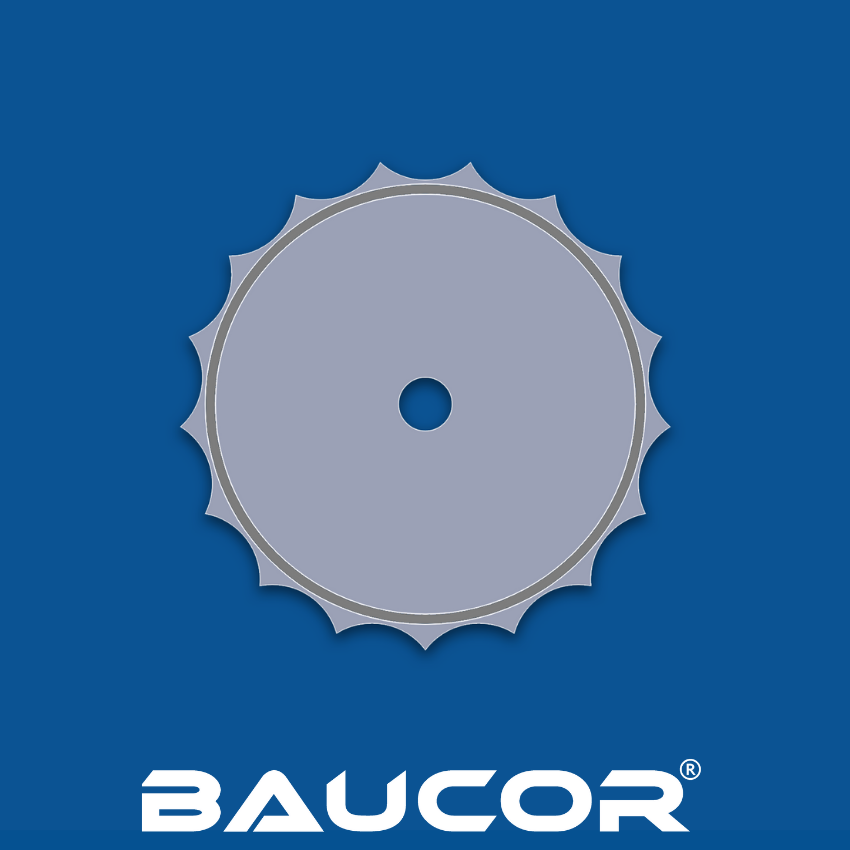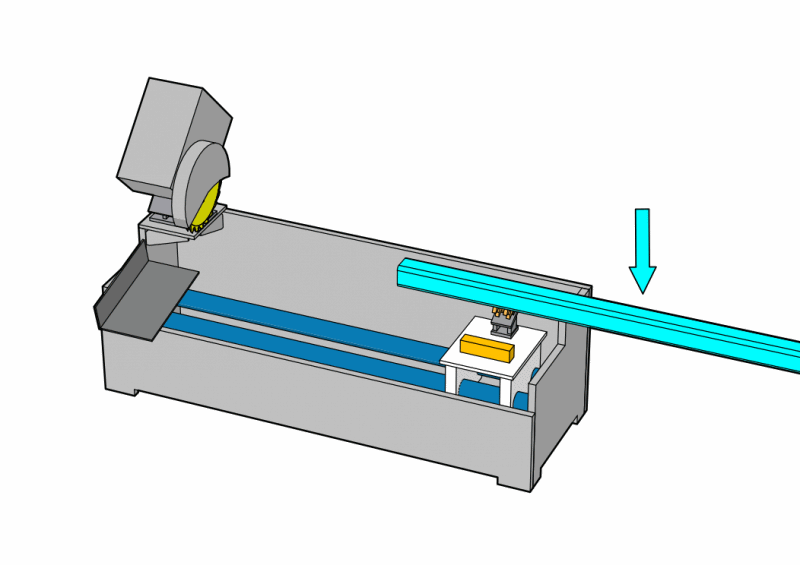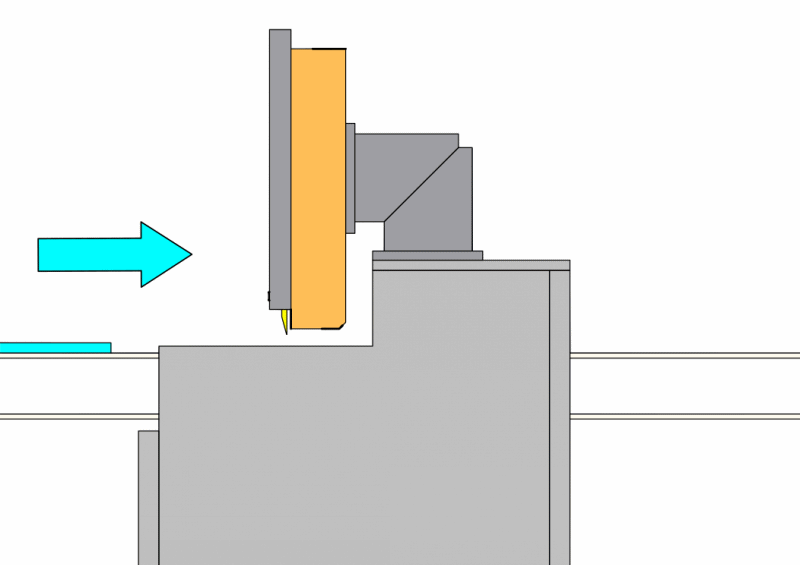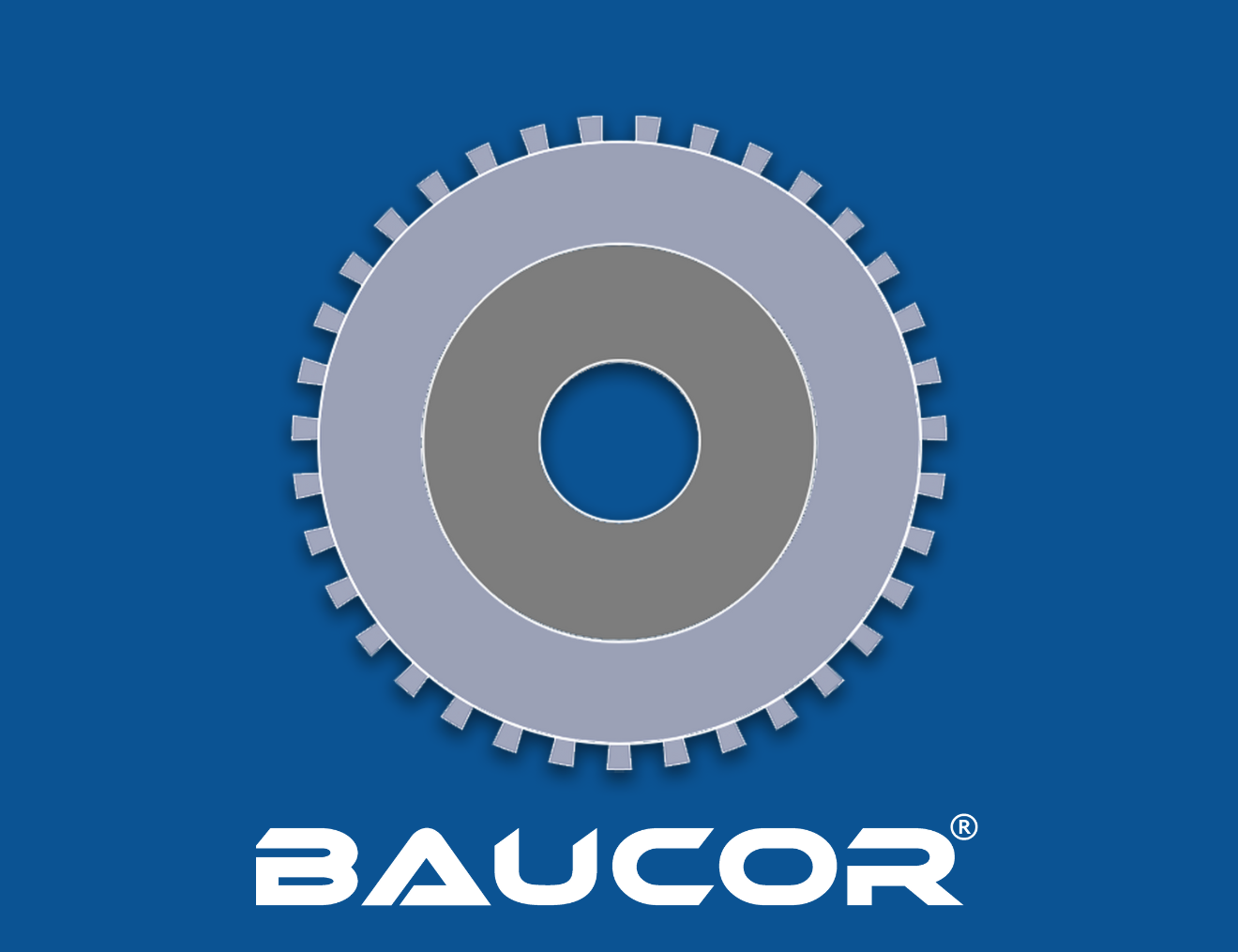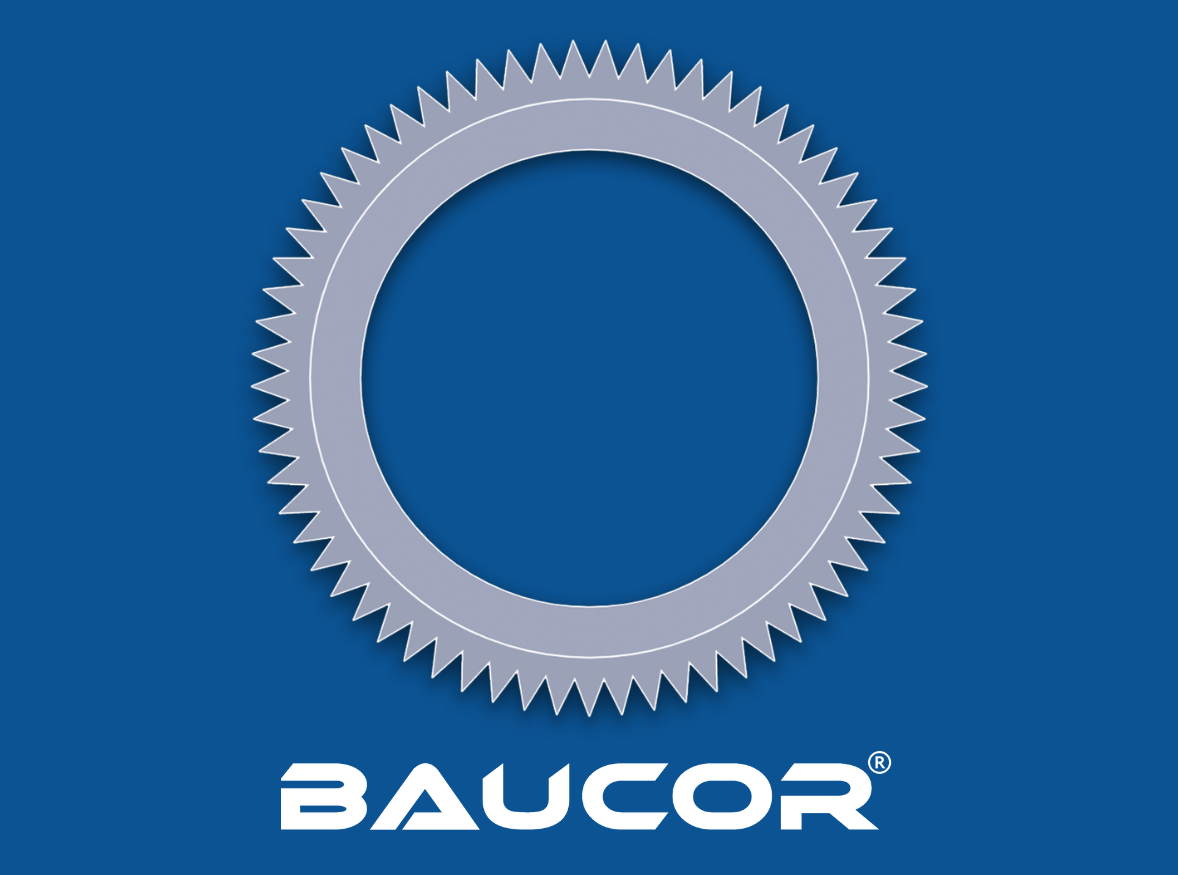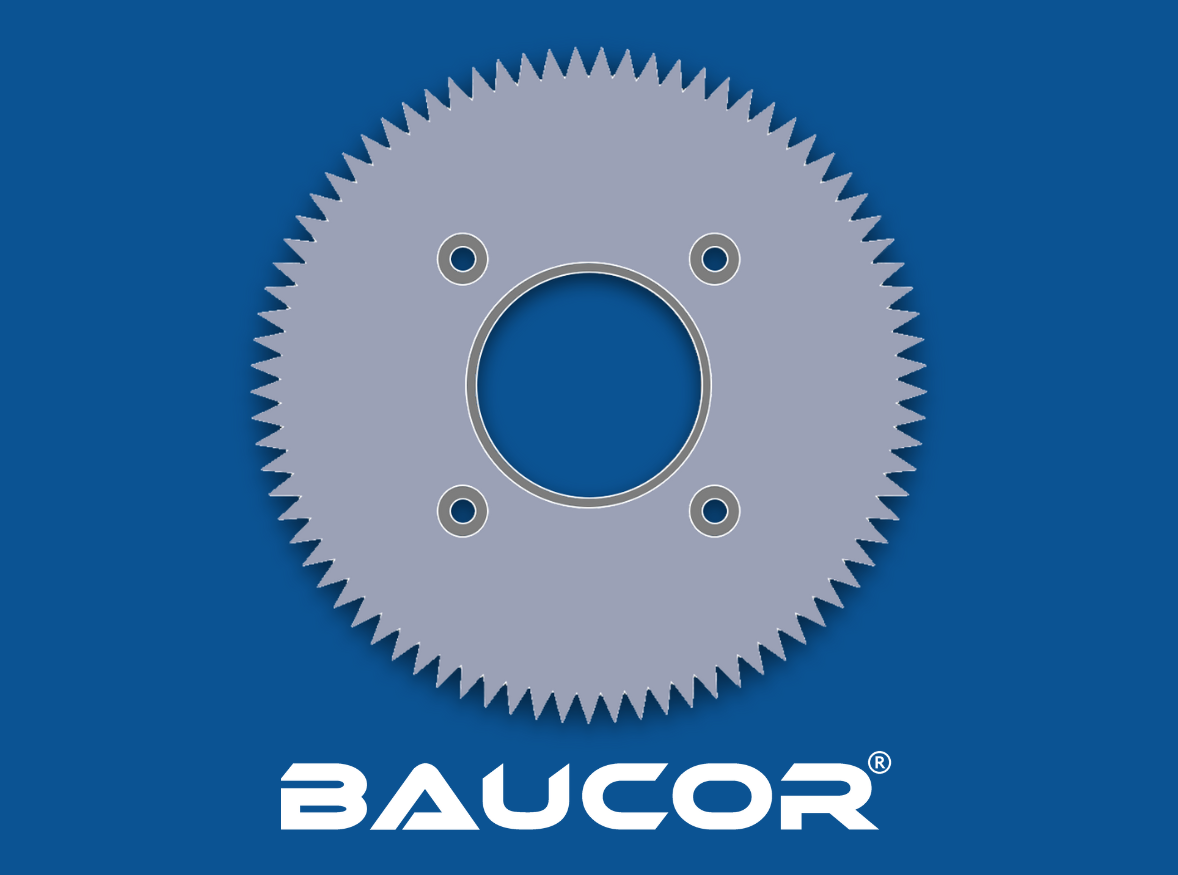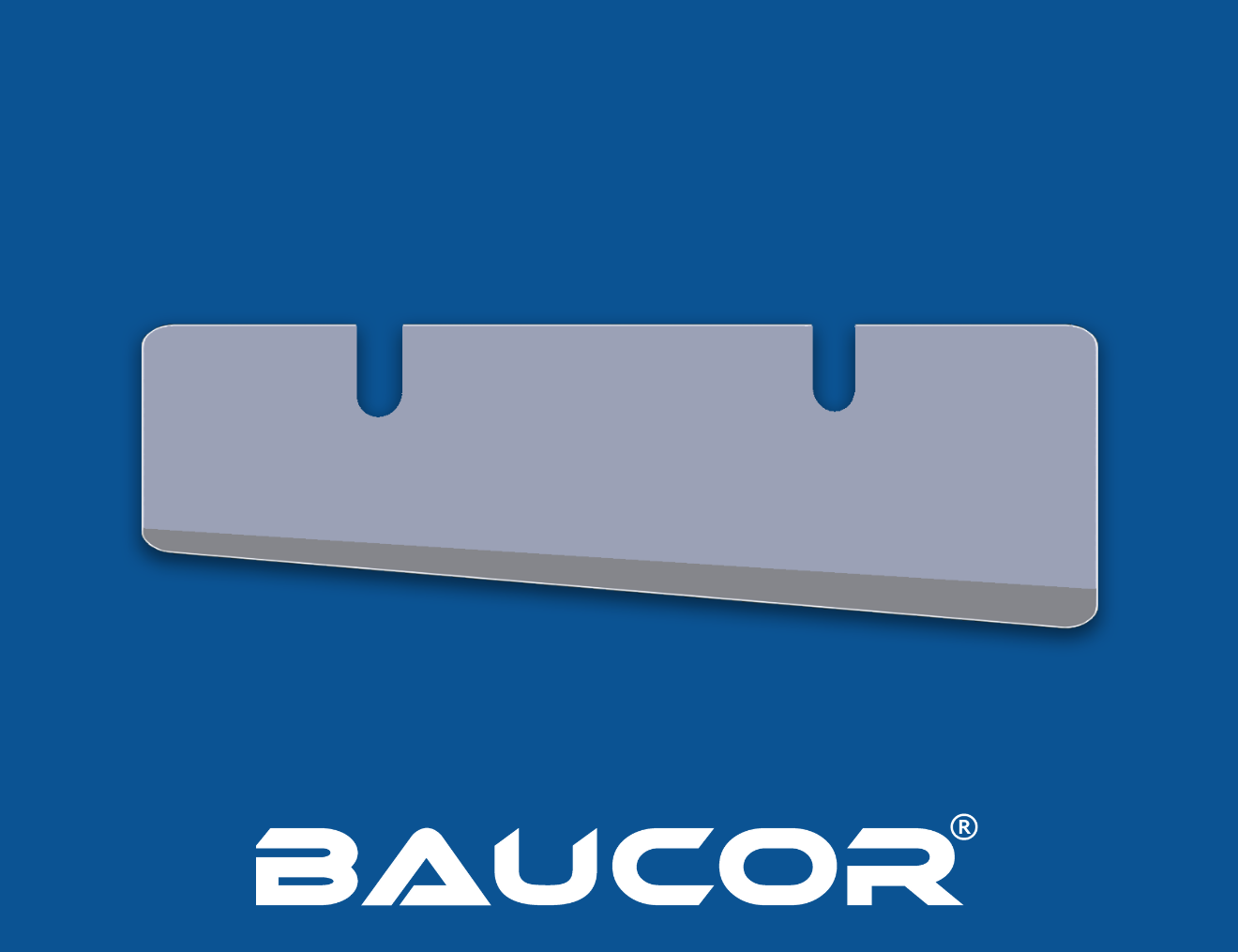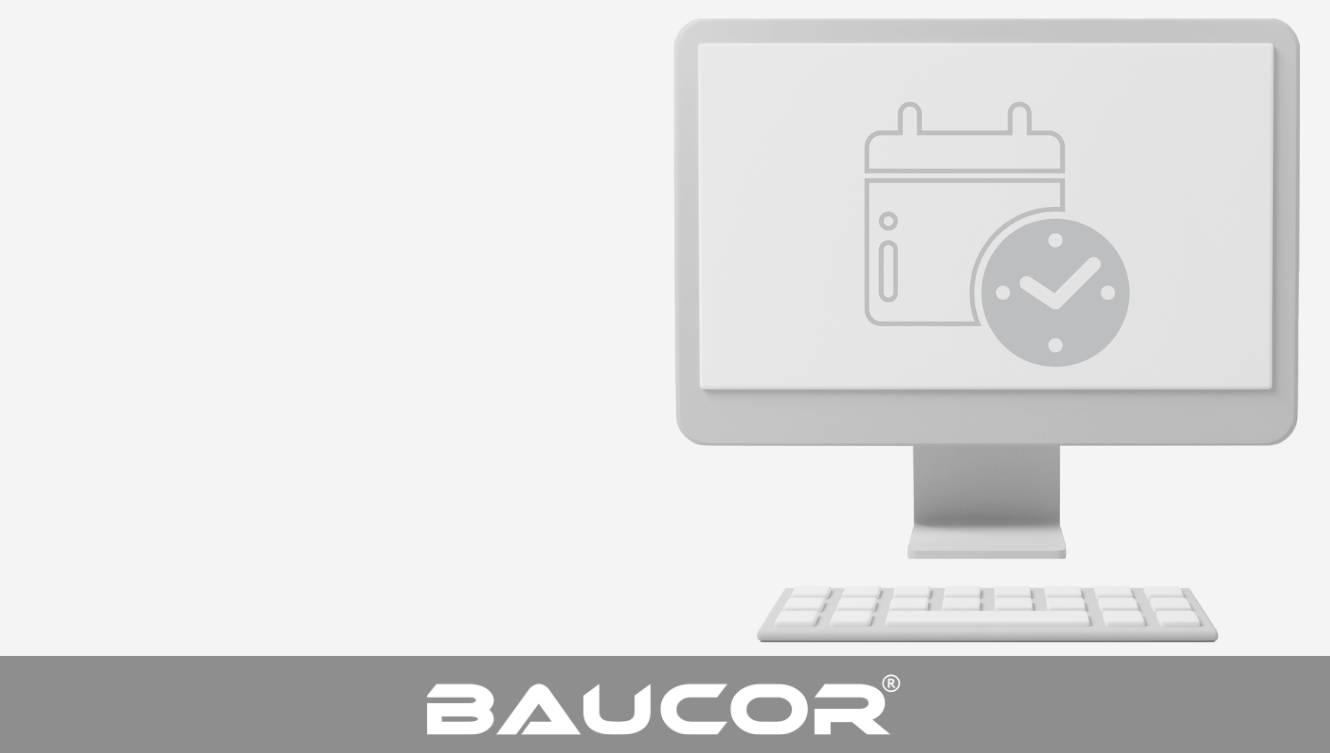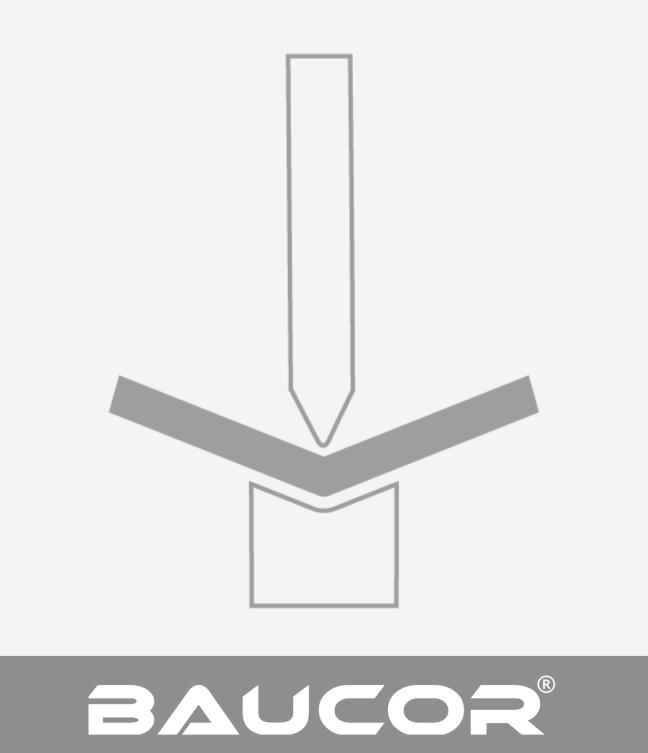Baucor, as a trademark of Norck, proudly operates under ISO 9001:2015 certification.
Key aspects include:
International Standards: Ensuring all processes align with globally recognized quality benchmarks.
Customer-Centric Approach: Prioritizing customer satisfaction through consistent and reliable service.
Continuous Improvement: Emphasizing the optimization of operations and workflows.
Operational Excellence: Maintaining efficiency and reliability in all activities.
This certification reflects Baucor’s ongoing commitment to quality and performance.
Click here to view our ISO certification.
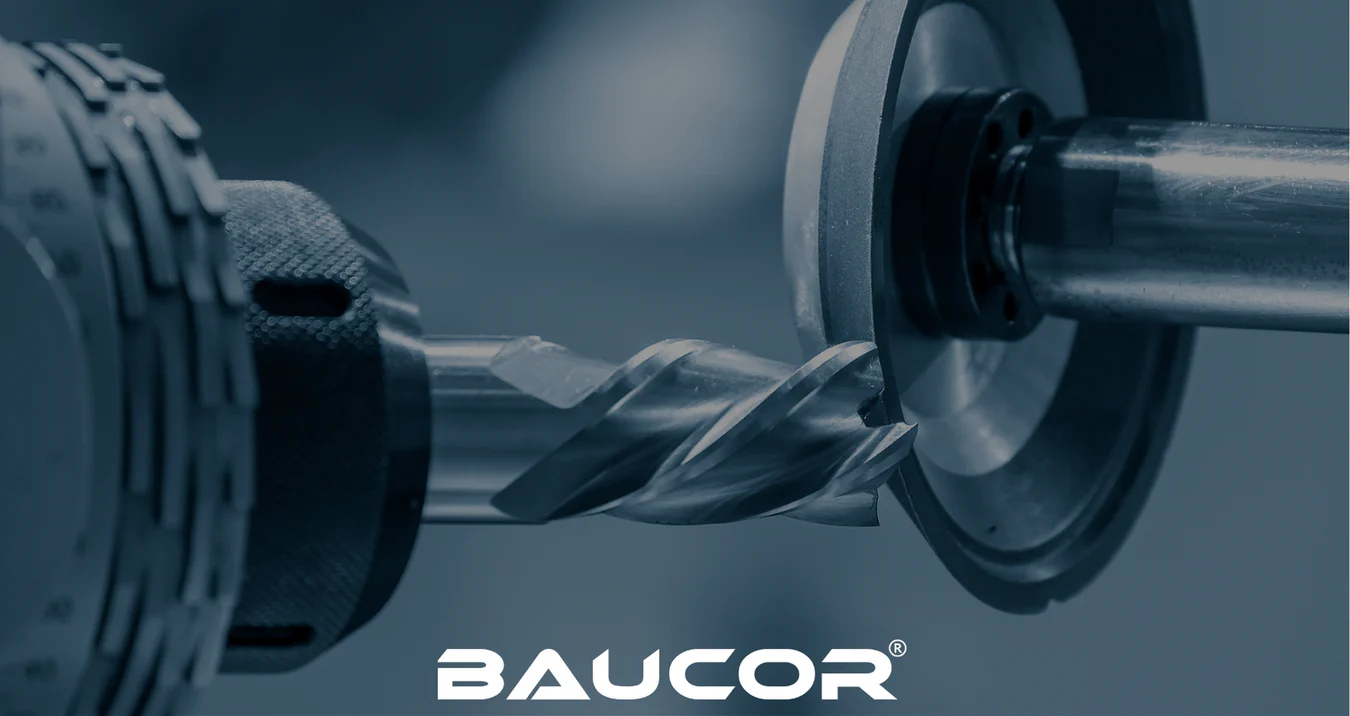


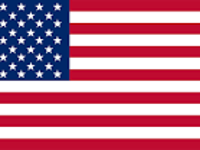 English
English